During the Pentecost weekend of 2015, some 3,500 people were involved in the protests. On Saturday evening, the capacity of the Vattenfall power plant had to be reduced to 20 percent. An engineer of Vattenfall, who entered the excavator in the evening, had to laugh: where on normal days, thousands of tons of coal were run on the conveyor belt, there were protestors lying on their sleeping bags. The activists brought all their food and water as there was no supply. They came to stay for a few nights. In the evening, they proclaimed "Free Republic Welzow-Süd" on the excavator, making the industrial infrastructure a symbol of its resistance to the lignite industry.
Reportage : The Free Republic of Welzow Süd Lausitz, Germany - 2016
The working week was almost over on a Friday evening (May 13th, 2016), when some 60 activists of the environmental alliance "Ende Gelände" decided to live in a lignite excavator. The mood was cheerful. The protestors danced and laughed, while some lay exhausted on the conveyor belts of the big excavator, climbed on to the loading crane, and hung a political banner on it. They held their plenary on the roof of the gigantic machine. They stayed to block the operation of the coal power plant "Schwarze Pumpe" of Vattenfall in the Lausitz.
A few hours prior, the generally young protestors, wearing white protective suits, had entered the lignite strip mines in eastern Germany. The isolated policemen and security guards were helpless and could only watch. Most people continued to walk toward the railroads to cut off the supply of the coal-fired power station. The rest of the protesters stayed and occupied the excavator. The anti-coal movement has been gaining power in Germany, and the similarities and organizational parallels with the antinuclear energy movement are strong-they have already succeeded in bringing about a nuclear phase-out.
During the Pentecost weekend of 2015, some 3,500 people were involved in the protests. On Saturday evening, the capacity of the Vattenfall power plant had to be reduced to 20 percent. An engineer of Vattenfall, who entered the excavator in the evening, had to laugh: where on normal days, thousands of tons of coal were run on the conveyor belt, there were protestors lying on their sleeping bags. The activists brought all their food and water as there was no supply. They came to stay for a few nights. In the evening, they proclaimed "Free Republic Welzow-Süd" on the excavator, making the industrial infrastructure a symbol of its resistance to the lignite industry.
During the Pentecost weekend of 2015, some 3,500 people were involved in the protests. On Saturday evening, the capacity of the Vattenfall power plant had to be reduced to 20 percent. An engineer of Vattenfall, who entered the excavator in the evening, had to laugh: where on normal days, thousands of tons of coal were run on the conveyor belt, there were protestors lying on their sleeping bags. The activists brought all their food and water as there was no supply. They came to stay for a few nights. In the evening, they proclaimed "Free Republic Welzow-Süd" on the excavator, making the industrial infrastructure a symbol of its resistance to the lignite industry.
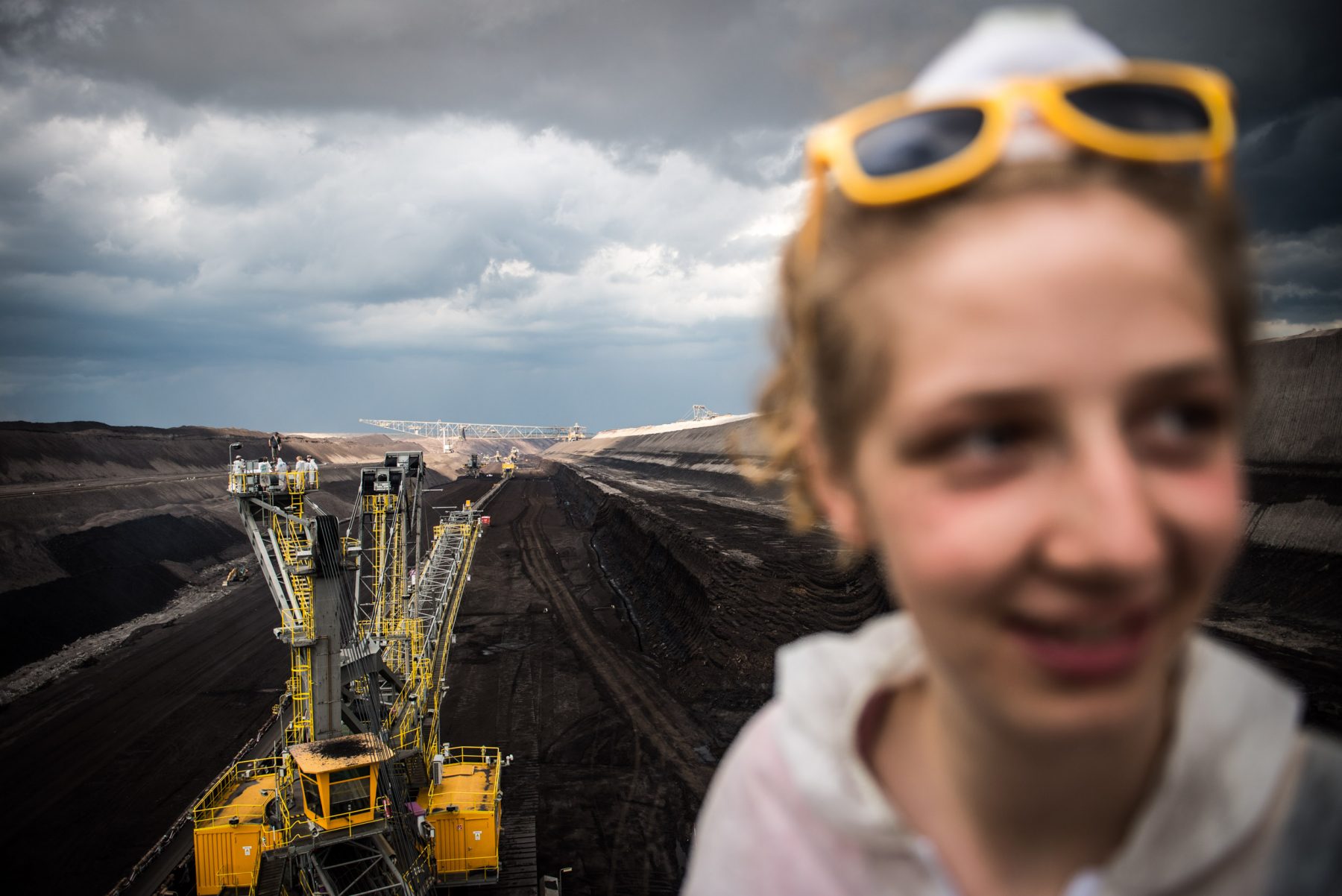

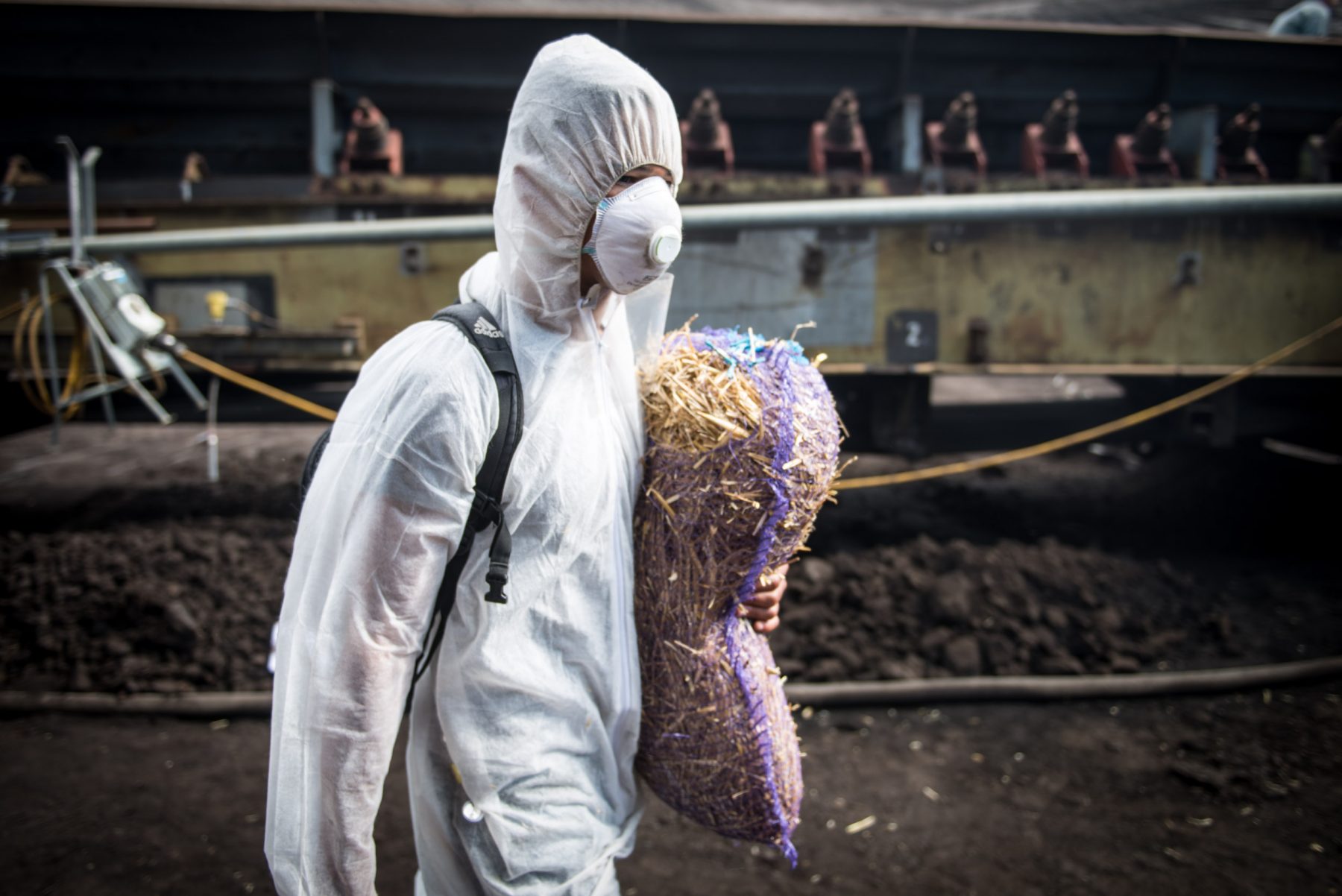
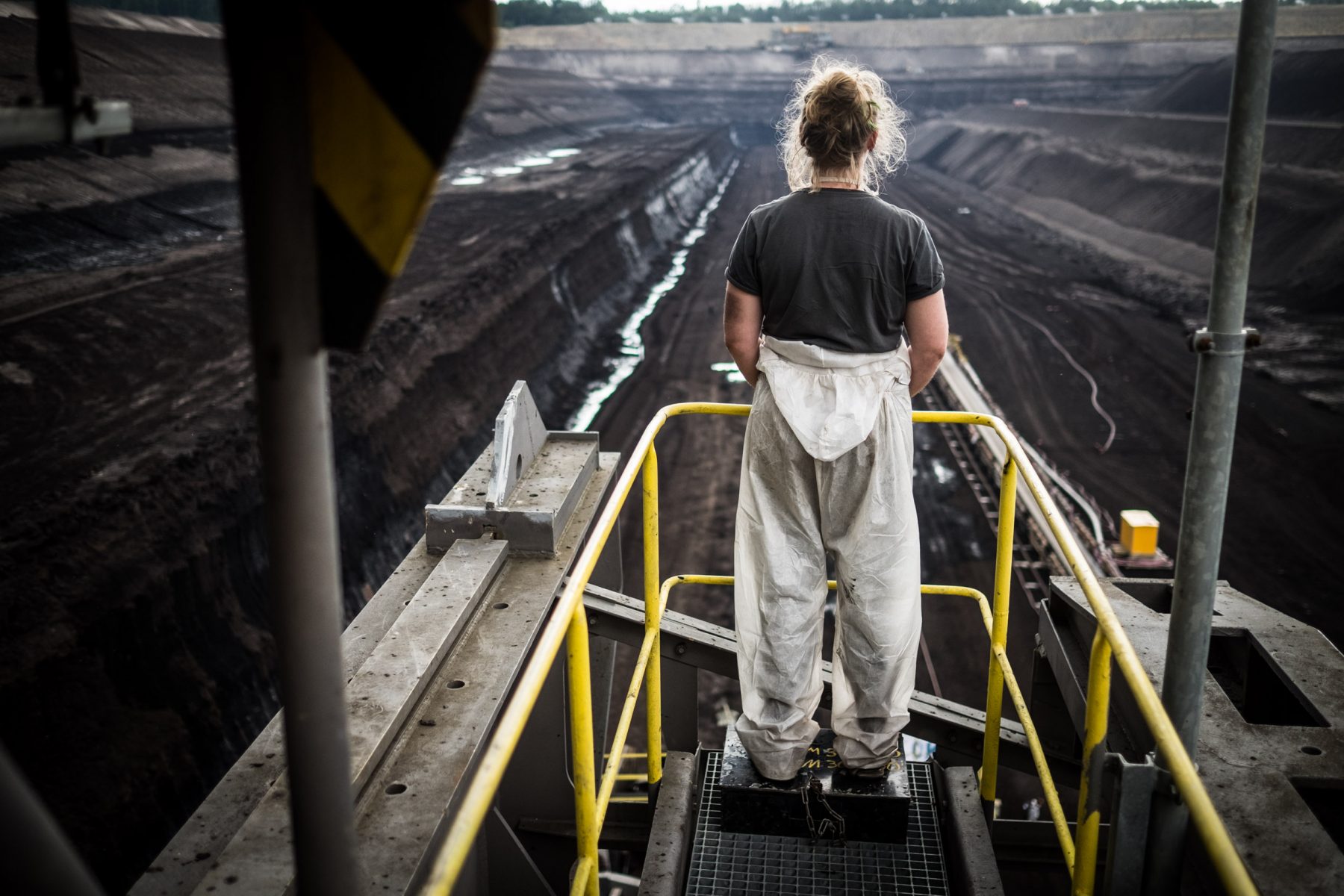
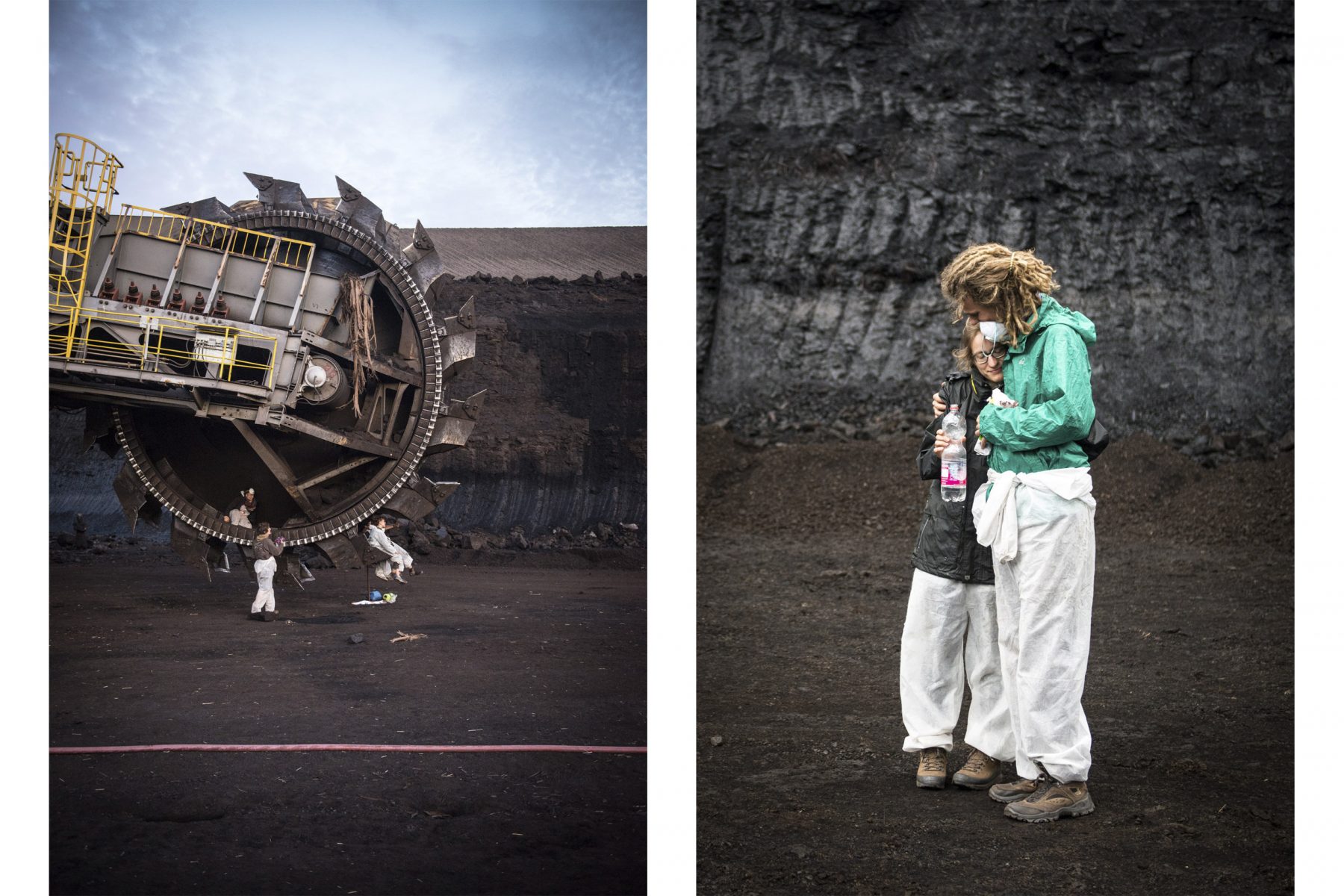
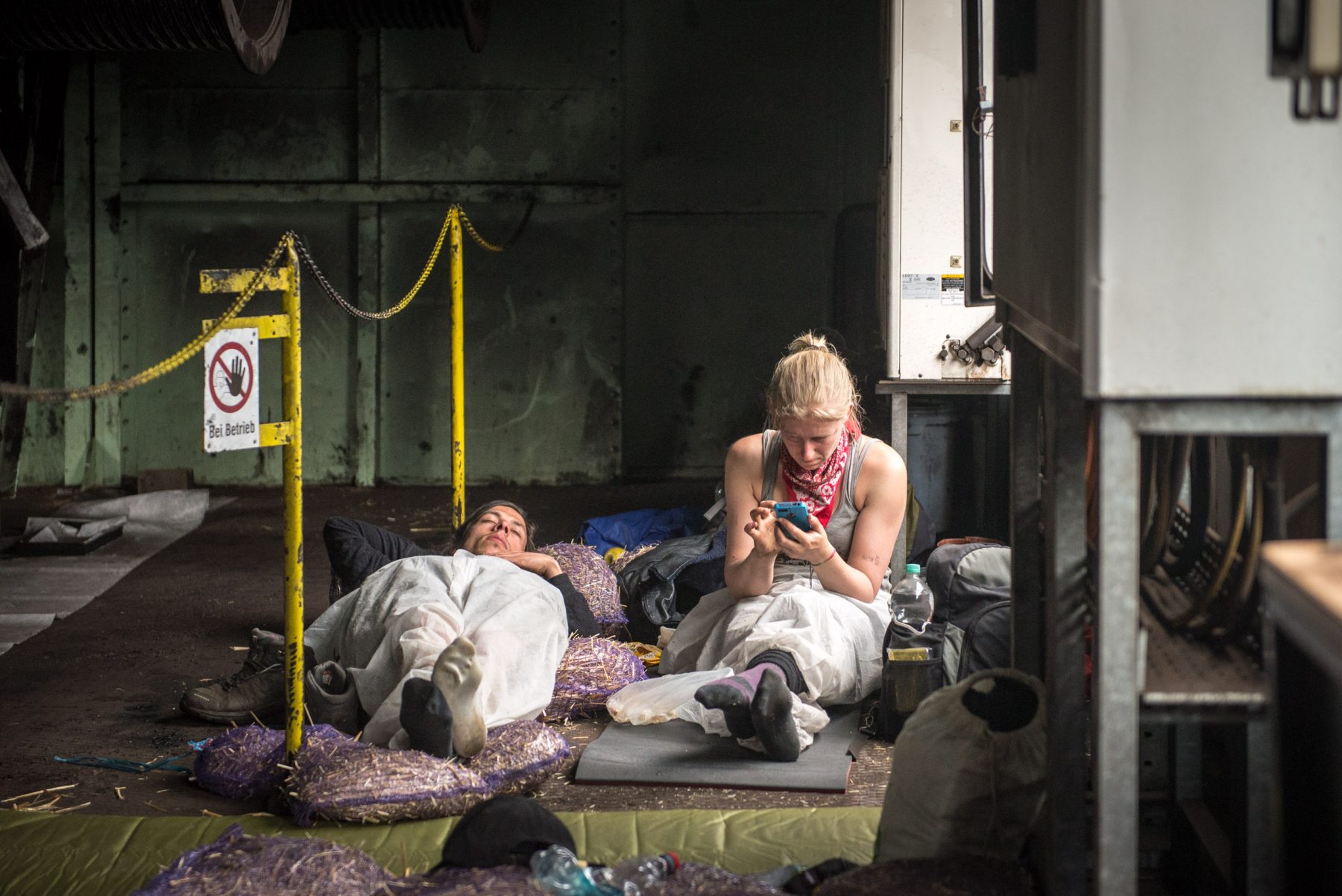
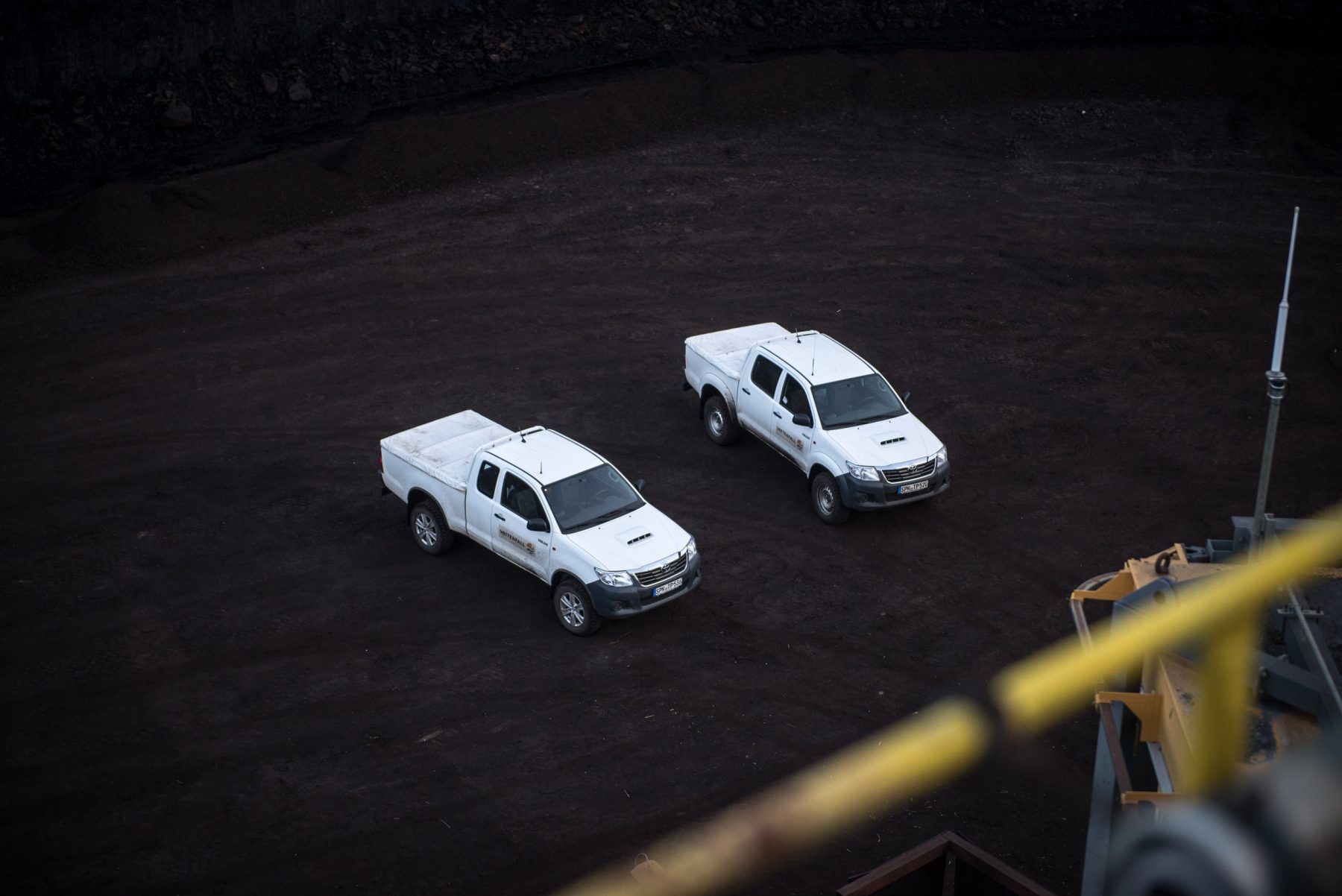
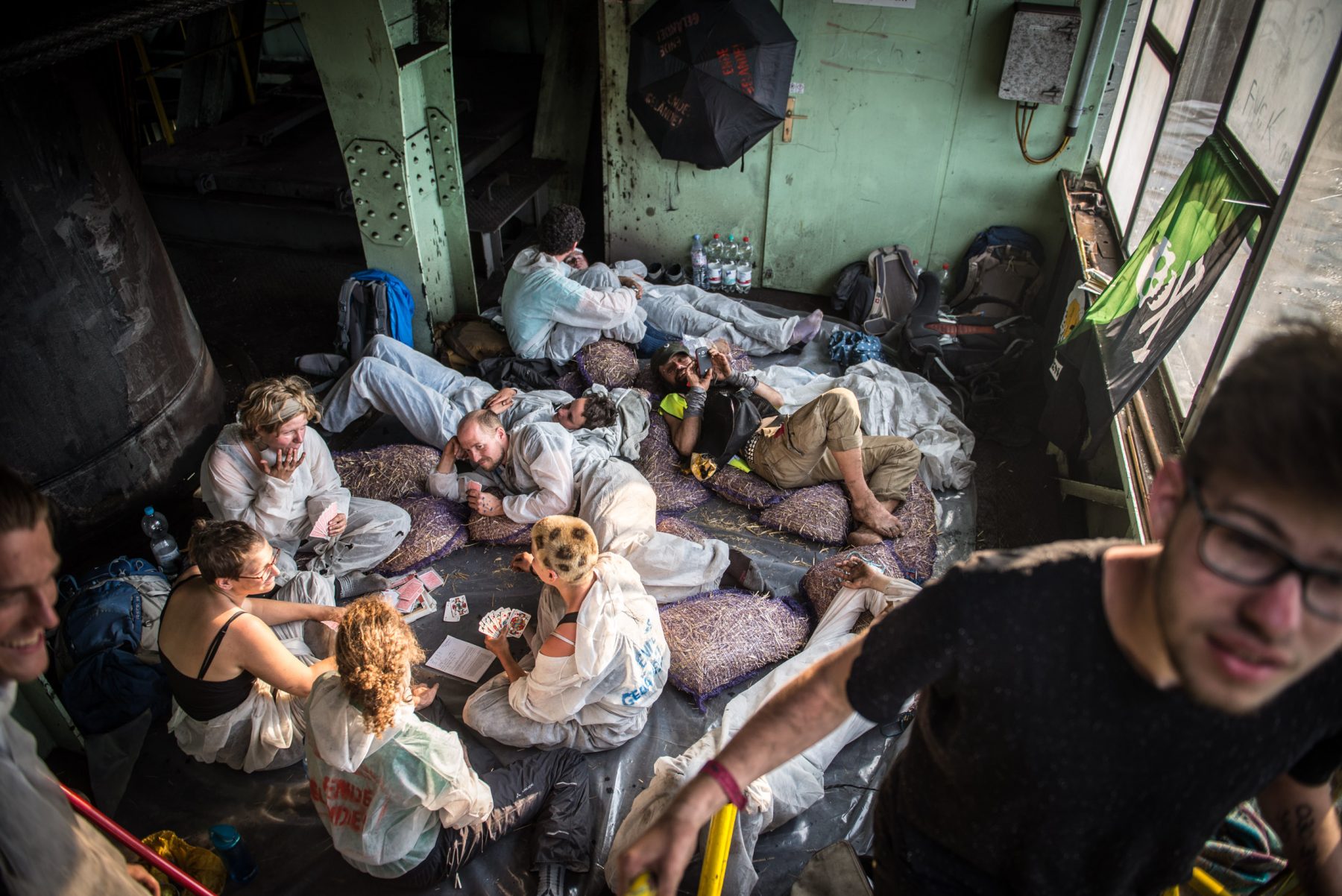
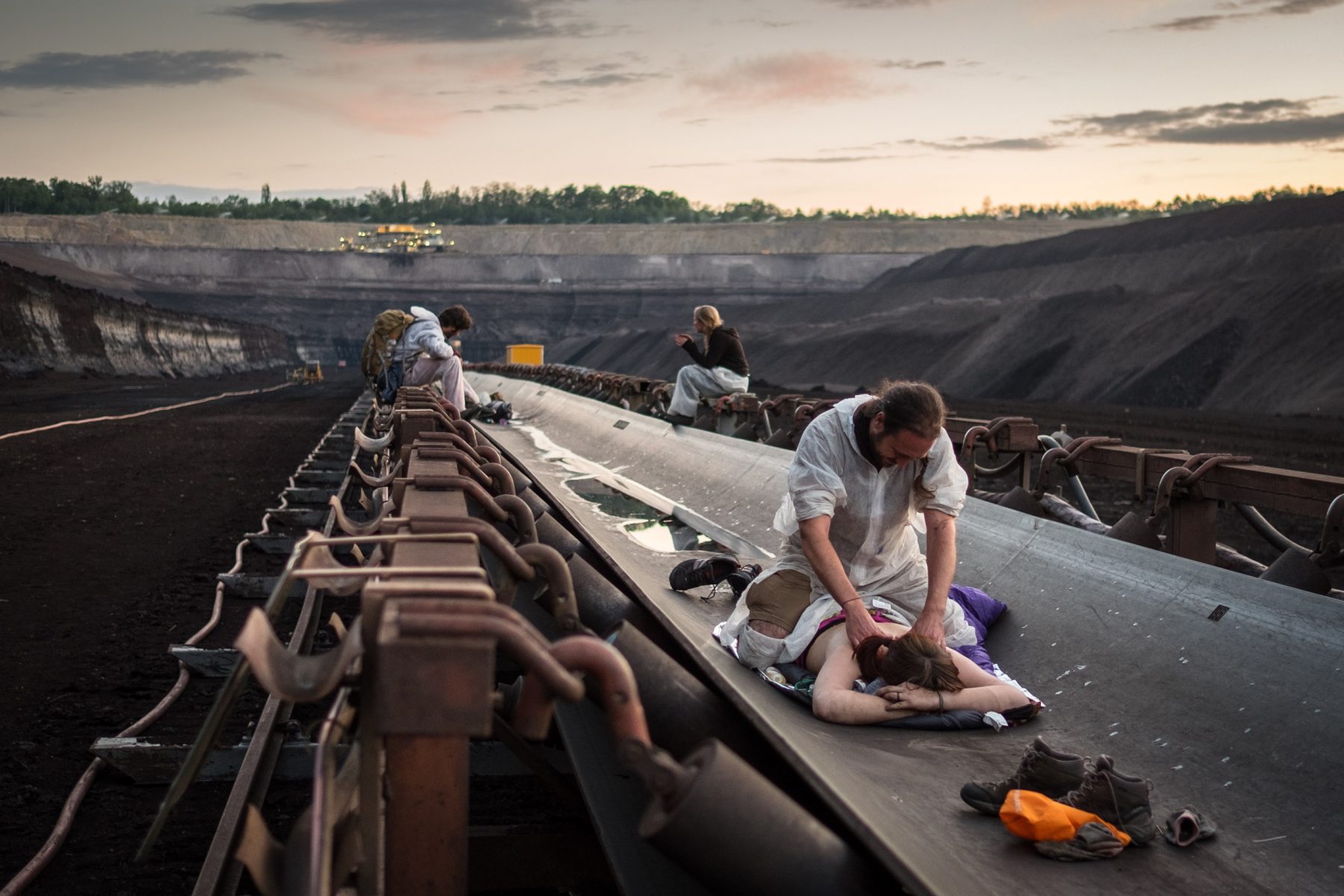
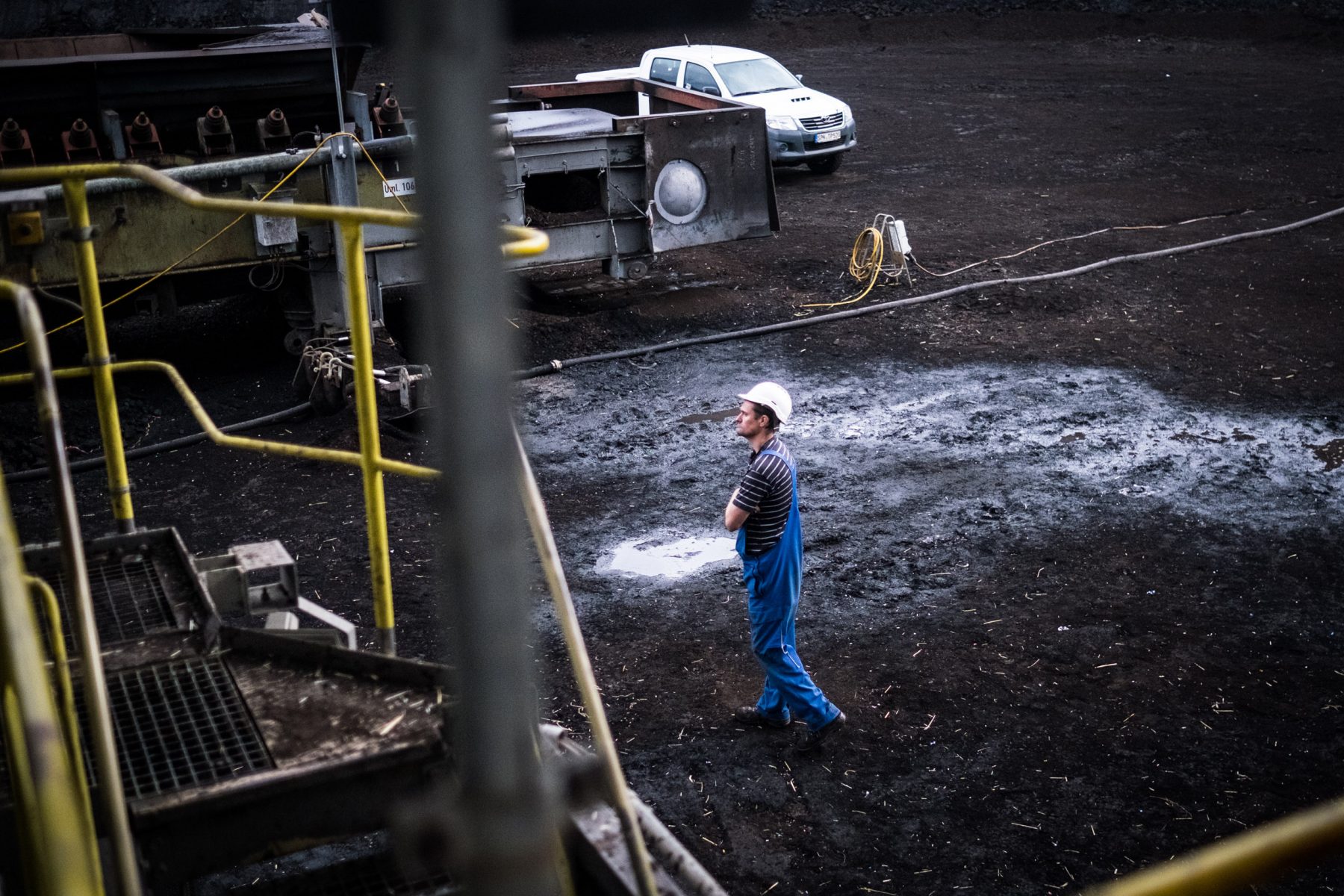
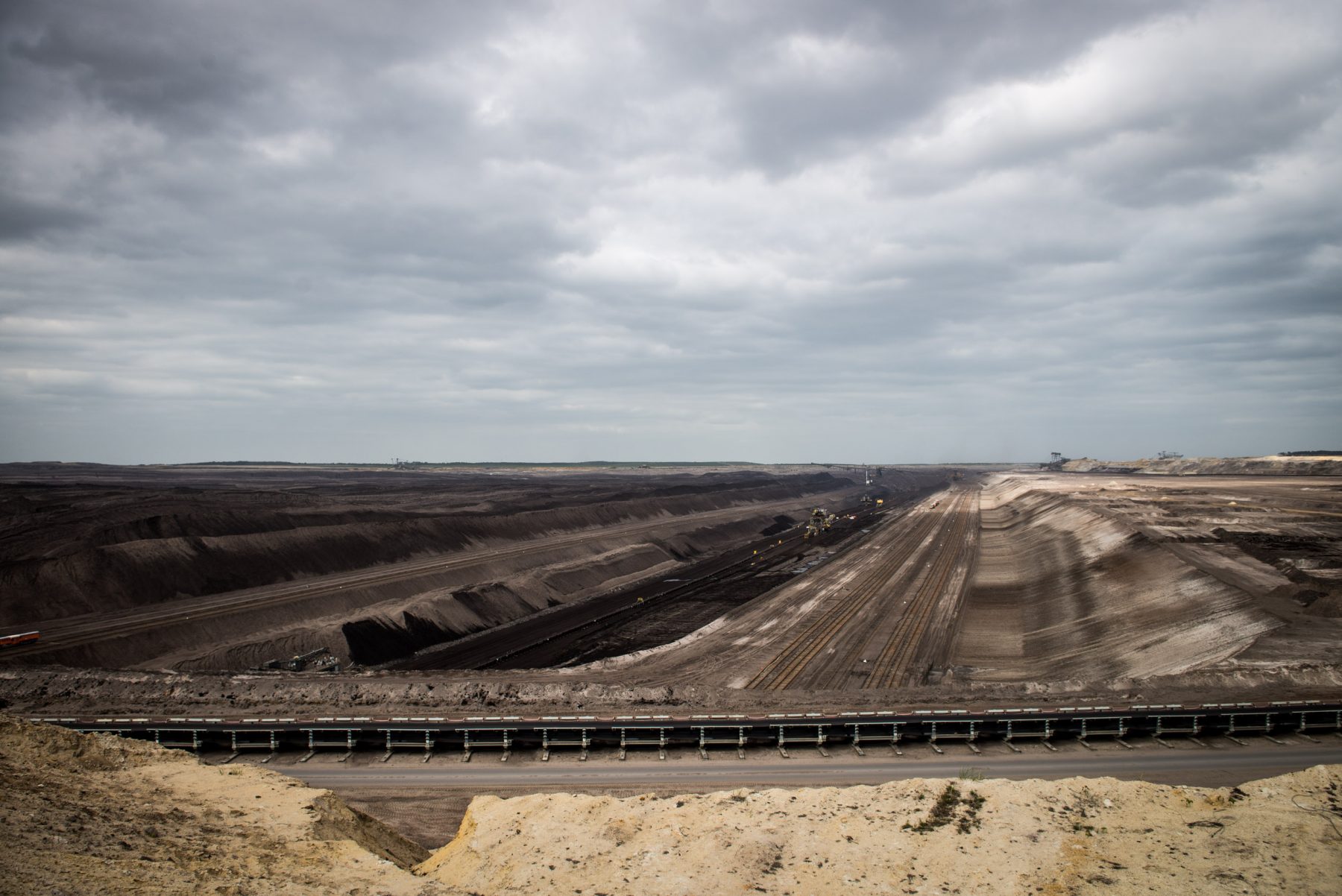
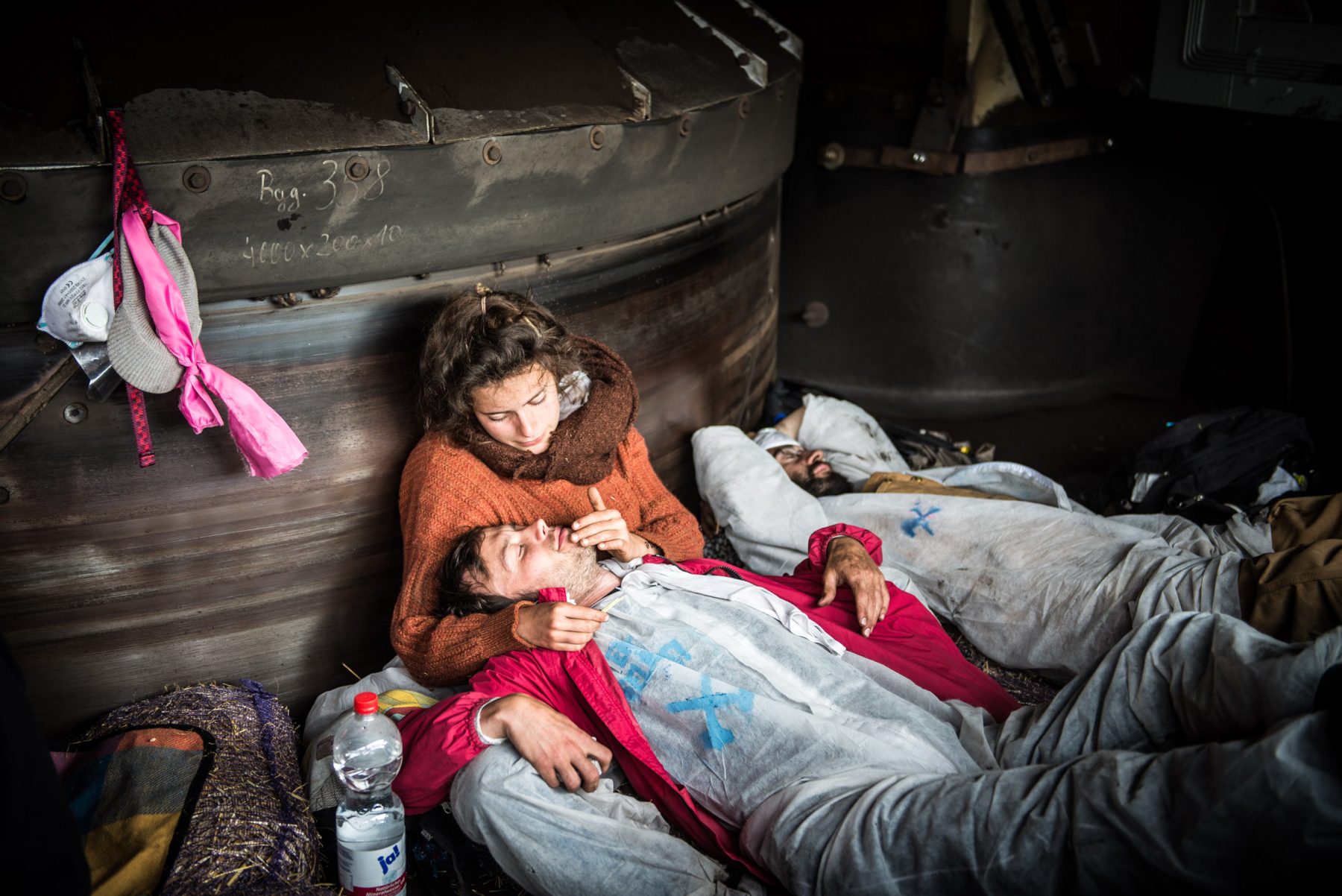
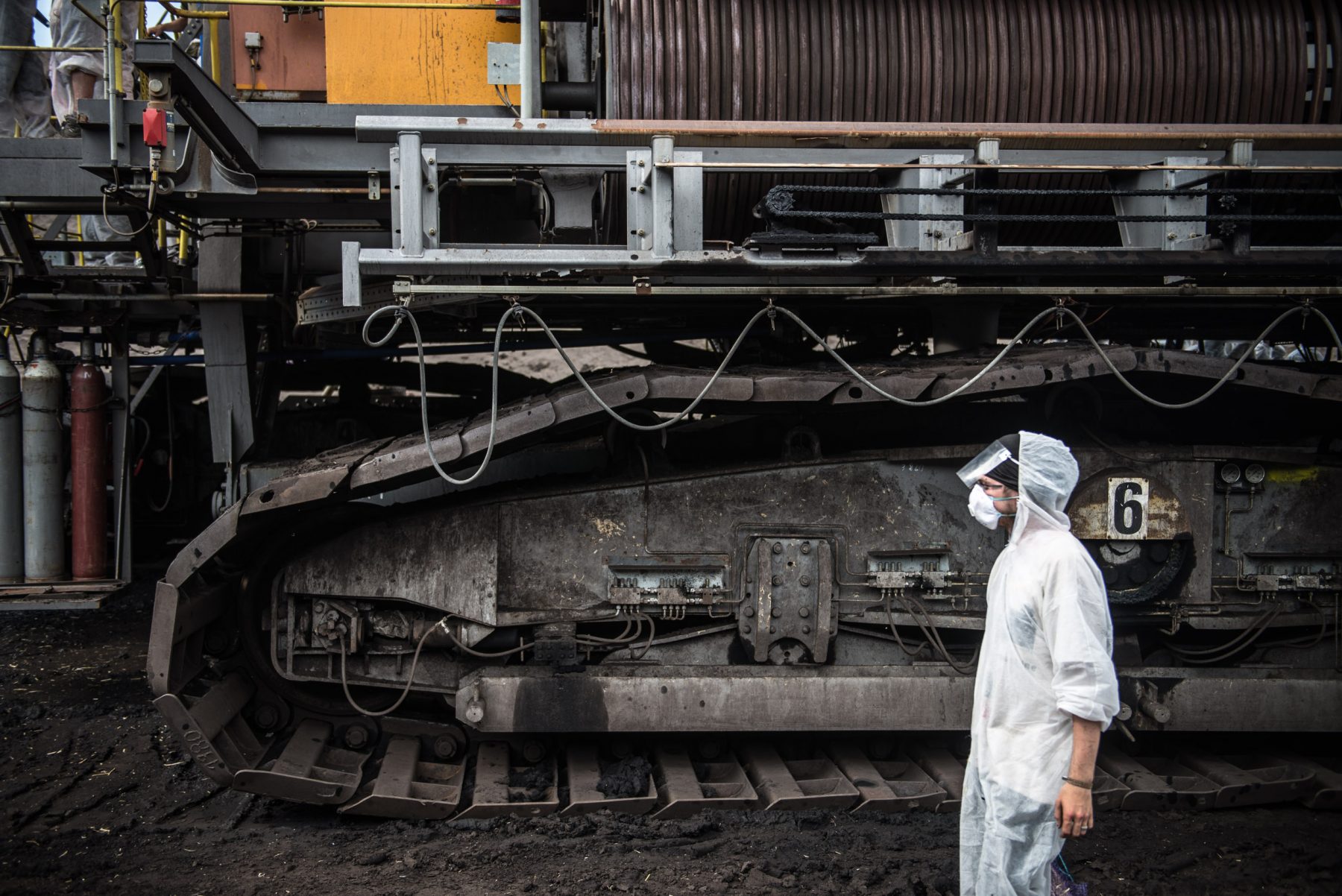
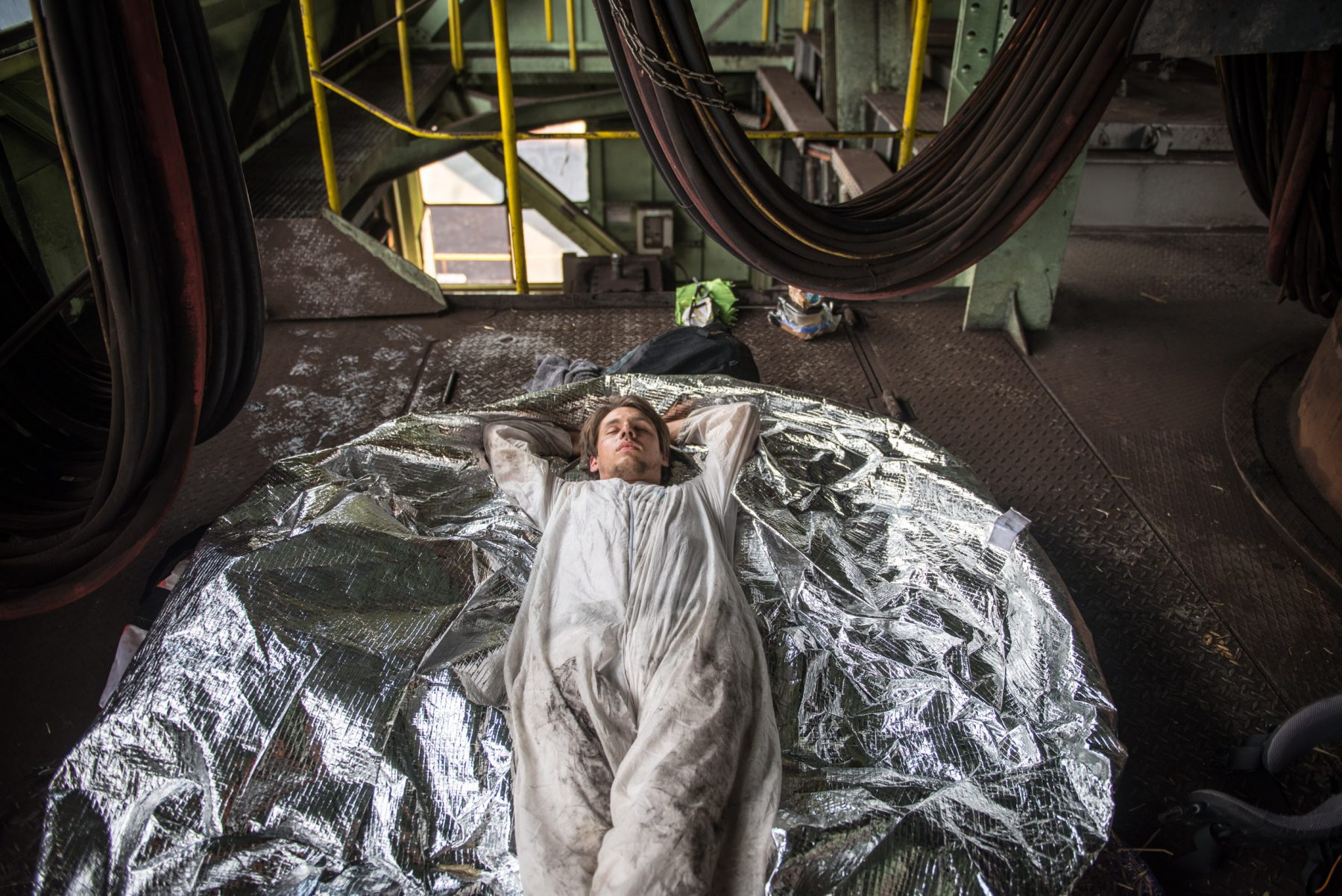
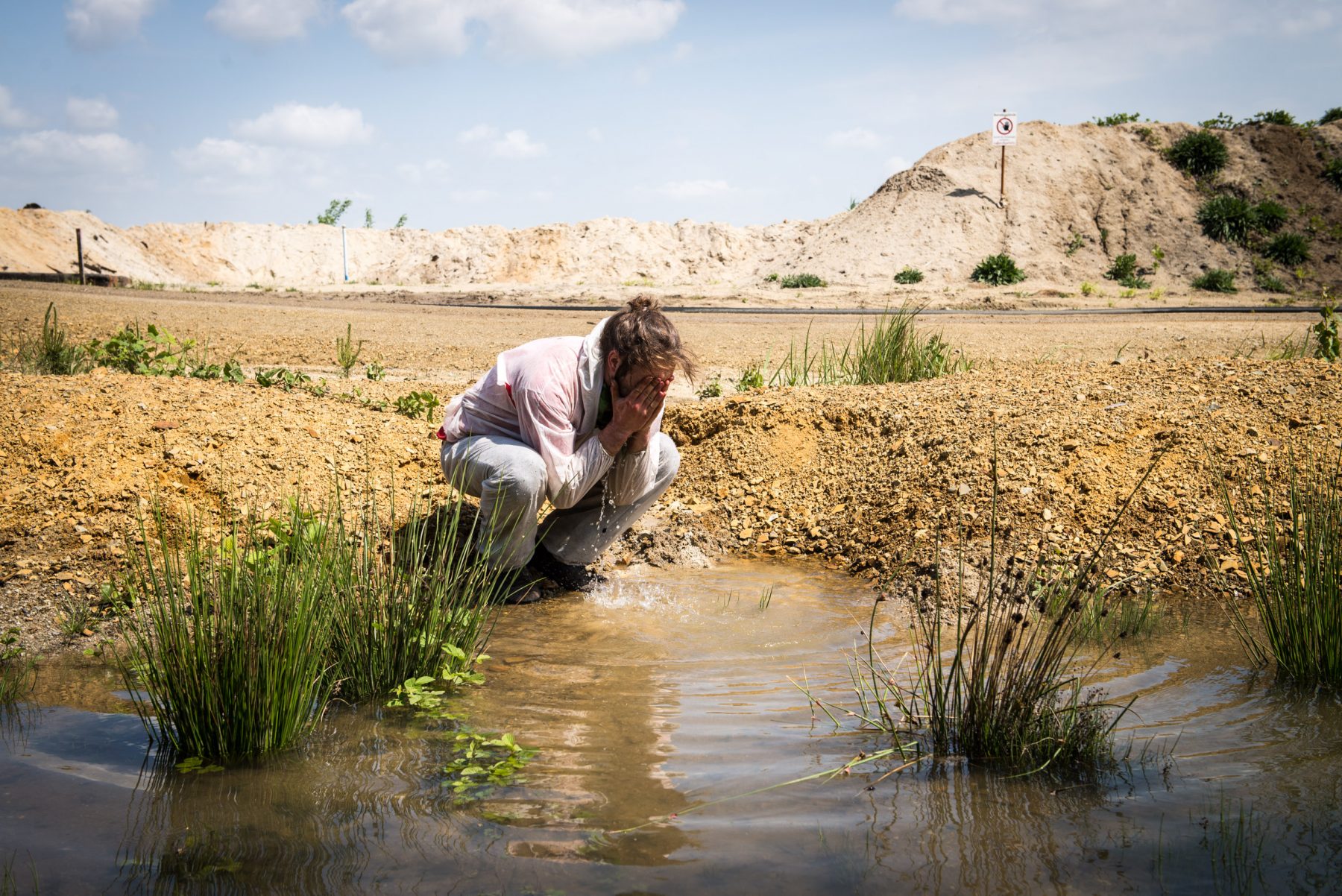
This is the end, my friend ...
Show all stories